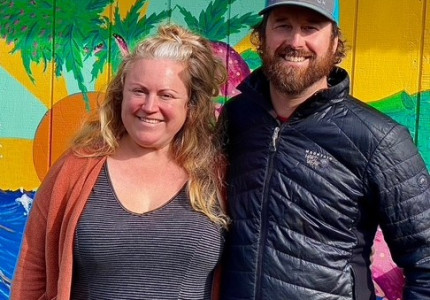“It’s just Jerry here,” smiles Marnie Birger, Jerry’s girlfriend and partner. “He gets a little help during planting and harvesting, but basically, he’s running the whole show alone. He works very hard.”
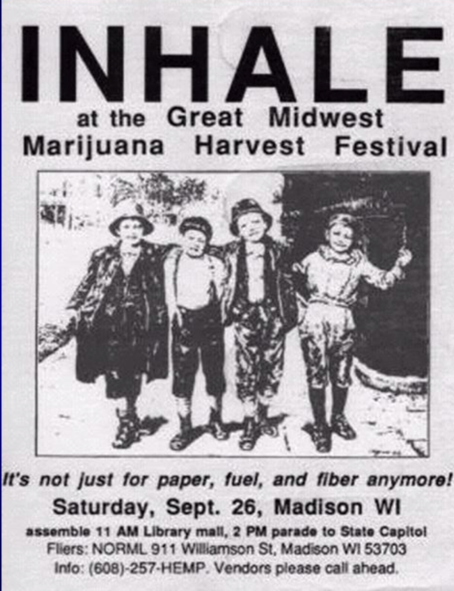 Jerry Munn of First Cut Farms is a cannabis hero - one of the first farmers who risked his freedom and livelihood to bring cannabis to patients who needed it most.
Jerry Munn of First Cut Farms is a cannabis hero - one of the first farmers who risked his freedom and livelihood to bring cannabis to patients who needed it most.
“I’ve been pretty lucky,” smiles Jerry, who grew up in Colorado and moved to the mid-west during his high school years.
“Colorado had commercial brick weed that came through Mexico, through the smuggling routes. Wisconsin weed? Not so much,” smiles Jerry. “It was rural Wisconsin. I started seeds in
the greenbelt near my house and in my backyard between the pines. I had a hunter friend who knew all the rural hunting spots. We were always ‘i-spying’ places we could grow.”
Jerry managed 20 mini-gardens during high school. “Ten here, ten there, all over the county. It was total guerilla style. Luckily there was rain, so I didn’t have to go back to water. I just grew personal, with a little more on the side. Looking back, this was all preparation for my future.”
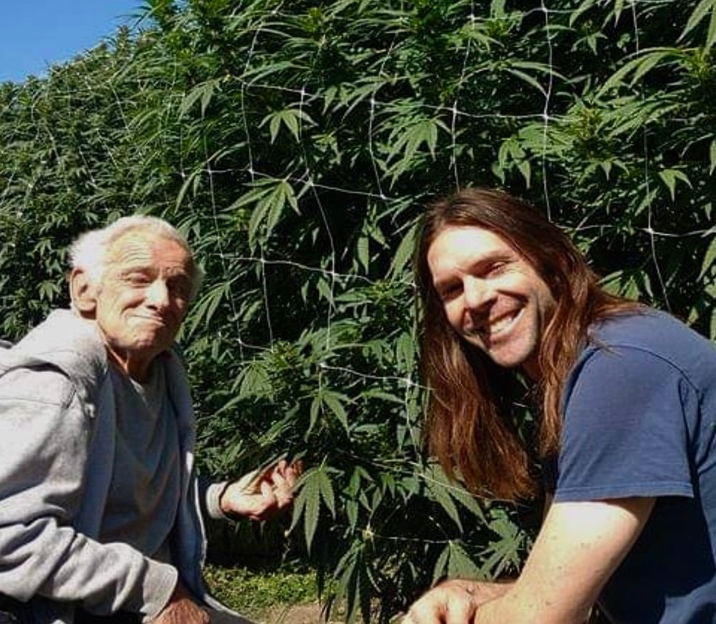
“I was a skater/punker/alternative kid in college. We had a ‘zine in the early ‘90’s called ‘Chaos’ and branched into the pro-hemp movement.” Jerry attended a “smoke-in” at the Great Midwest Marijuana Harvest Festival, where he met legendary cannabis activist Dennis Peron. He grabbed some video equipment and recorded Dennis and Jack Herer.
“I videoed their lecture before the rally and spoke to Dennis at the end of his speech. There were about 10,000 people there. Proposition P had passed in San Francisco. It was the first medical legislation that made cultivation a low priority for law enforcement. I came prepared with weed brownies, gave some to Dennis and he was tripping hard,” laughs Jerry.
The next day, Jerry and Dennis hung out.
“It was pretty cool. I was young and still didn’t know exactly who Dennis was. Dennis said, ‘You
should come to California.’ I was still in school. That was in October. By April, I was on a bus to San Francisco. Cannabis was still very much illegal. Even on the Greyhound, I had to be careful, sneaking off the bus to weird spots to smoke weed,” he smiles.

Dennis’s partner Jonathan West died of AIDS. “During a bust, Jonathan was treated very poorly by the police. I didn’t realize Dennis was so loathed by law enforcement.” Dennis asked Jerry to help him set up the first Cannabis Buyers’ Club. “I had the cultivation skills and I’d done some indoor growing. I was trustworthy, young, and I could be trained. In a lot of ways, I’m the product of Dennis,” Jerry smiles.
Dennis was a perfect mentor. “I learned how to be. To be a human, with compassion. How to operate as a highly illicit person, which was serious stuff back then.”
Dennis’s house was Ground Zero of the cannabis movement, with NORML meetings at his home and at the Cannabis Buyers’ Club. “It was always about patients – consulting, teaching about compassionate use, building the patient’s network. We helped tons of people set up grows in their homes, apartments and closets. There were only two grow stores back then in Berkeley.”
 Around the same time, another cannabis legend- Brownie Mary was arrested. “Our phone started ringing off the hook- mostly HIV-positive people who needed weed. So the first Cannabis Buyers’ Club started.”
Around the same time, another cannabis legend- Brownie Mary was arrested. “Our phone started ringing off the hook- mostly HIV-positive people who needed weed. So the first Cannabis Buyers’ Club started.”
The emotional toll of working and living so intimately with sick and dying people left an indelible mark on Jerry’s heart.
“This all affected me so deeply. I was 20 years old. People back home weren’t dying of AIDS, and here I was, in the middle of it. You’d become friends with people- a lot of people- and then they’d die. It was a very impactful experience.”
“The Club taught me how to treat people with respect and dignity. People who came to the Buyers’ Club were society’s rejects- junkies, ex-prostitutes and outcasts- people with no support from social services or the medical community. The Club was their refuge. It provided relief from the harsh realities of life. Cannabis was not a cure. But it helped improve people’s quality of life and helped alleviate suffering. Cannabis was their medication.”
Then, everything changed.
“I got busted in 1994. That was a huge life event.”
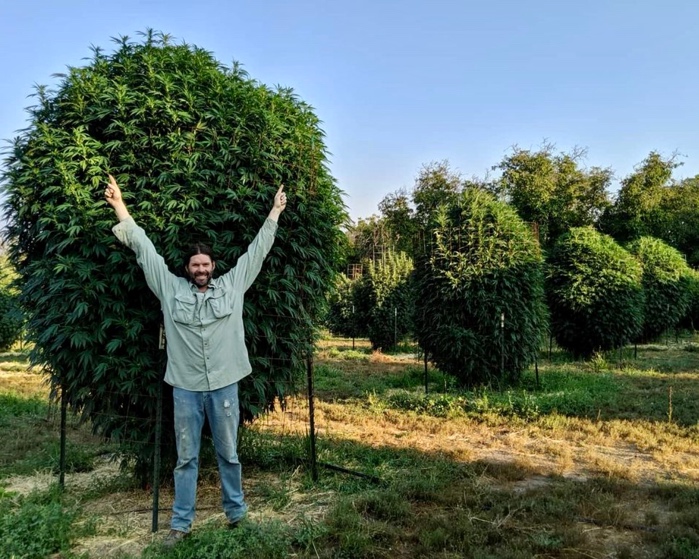 “We got raided by the DEA, but we were growing for medical patients. All they found was a four-light grow. Dennis really helped me. The whole thing got swept under the rug. Dennis was gearing up for Prop 215. I took a step back, returned to school and ended up doing computer animation and 3-D imagery. I was lucky to be chosen to work on projects in Europe and Egypt- doing large-scale Lidar scanning of antiquities and monuments at Luxor and the Temple of Ramses II. Talk about being thrown into another world,” Jerry smiles.
“We got raided by the DEA, but we were growing for medical patients. All they found was a four-light grow. Dennis really helped me. The whole thing got swept under the rug. Dennis was gearing up for Prop 215. I took a step back, returned to school and ended up doing computer animation and 3-D imagery. I was lucky to be chosen to work on projects in Europe and Egypt- doing large-scale Lidar scanning of antiquities and monuments at Luxor and the Temple of Ramses II. Talk about being thrown into another world,” Jerry smiles.
When he returned to California, Jerry returned to his cannabis family. He got back into growing. Some patients in Covelo were asking Dennis for a grower. “Dennis told them, ‘You want Jerry.’ That was a crossroads. That particular project didn’t last, but it got me up here.”
Guerilla growing prepped me for Covelo. Initially, I think Covelo folks thought I was a narc,” he laughs. “It was several seasons before I identified myself as a commercial cannabis cultivator.” But it was the kindness of his neighbor Howard, who saw Jerry’s potential and helped him become the farmer he was destined to be.
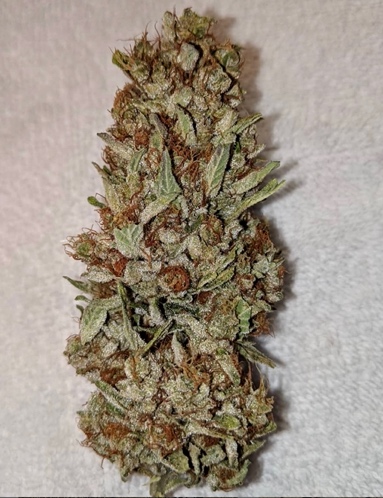
“I had limited space to dry my crop. Howard let me dry some in his barn, which back then wasn’t optimal. I had to figure out ways to keep the owls from pooping on the weed,” Jerry smiles. “I was still taking weed down to the city and trimming it in my apartment. It was definitely a less-than-perfect situation.”
“I’d help Howard cut firewood and clear roads. I think he used to watch me busting my butt, seeing how hard I was working. He made me an offer to grow on a super-remote parcel- a very special place with bears, hogs and mountain lions, and blessed with no one growing up there.”
“Howard has done everything to support me. He understood that this was my future. I respected his property.” Over the years, Jerry made vast improvements to the land. “We added solar panels, septic for the bathroom, and insulated the barn which is the trim camp we now call now Jerrytown,” he smiles. We still have owls, but they can no longer get inside of the barn. We’ve got one of best camps in town, with a flushing toilet, hot water and totally off-grid.”
Jerry considers Howard his adopted father, and the pair are inseparable.
 Jerry became dedicated to growing the biggest 25 plants he could. “There’s a big difference between personal and commercial. That was a hard line for me to cross. I was coming from empowering patients. It took me a while to surrender. I guess it happened when I started growing large crops.”
Jerry became dedicated to growing the biggest 25 plants he could. “There’s a big difference between personal and commercial. That was a hard line for me to cross. I was coming from empowering patients. It took me a while to surrender. I guess it happened when I started growing large crops.”
From there, Jerry started breeding, which resulted in the production of huge plants. “I was crushing it. I still take pride in that. I began creating my own genetics, which was a game changer and a big turning point.” Jerry is well-known for his laundry list of strains, some of which include Covelo OG, Mendo Dream and Cookie Kush.
“With regulation, we’re losing genetic diversity. Now people grow the latest, greatest Ice Cream Cake from clone farms, which means I have to adapt my cultivation to the market if I want to stay in business. I grew some Alien Cookie Walker. It tests super high- around 30%, but the broker houses hadn’t heard of my strain. They aren’t interested in unique genetics. I tried different strategies. Everything I grew tested at over 25%, I hoped that would sell. I thought large, homogenous batches would be easier to move in the regulated market. Now buyers only want 20-pound batches. I have a great sativa strain from Vietnam, but where’s it going to go when brokers want Runtz? Because of regulations, I can’t take weed directly to the consumer, and most retailers don’t want to talk to farmers. Because of all this and more, I’m not growing my seeds.”
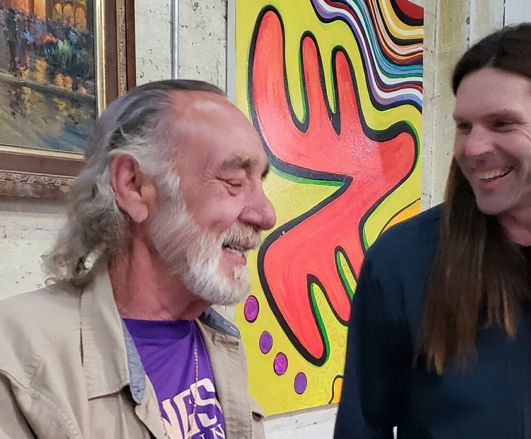
It’s been a challenge for Jerry to navigate the regulatory system.
“It’s ruined my life somewhat. I have to work so much harder. I submitted my application in 2017, and there has been little communication with me from the regulatory agencies. I had to wait two years for Fish and Wildlife to get to my stream alteration agreement. It’s 2022 and I’m still waiting to be permitted by Mendocino County.”
The double standards between legal and illegal cannabis farming are no more apparent than in the water hauling industry.
“We all want to protect the water, yet there are unsafe, illegal water haulers. Every summer, a parade of these water trucks goes down our street, 24/7. But legal operators are unable to receive water deliveries per the regulations. People trying to do things right suffer the most.”
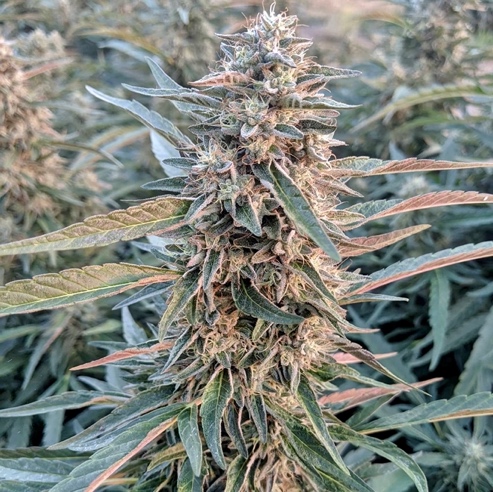 Post-Prop 64, those who have truly suffered are the patients, who have lost access to medicine unless they have deep pocketbooks to pay for it. “If you need high doses, you can’t get them. Everyone is behind safe cannabis, but limiting amounts of THC doesn’t help patient health. You can’t eat enough gummies to get medical levels of cannabis in your system. Real medicine makers are shut out of the industry. Patient access is limited. There are no discounts for the most vulnerable. Regulation has prevented access for the people who would benefit the most from it. We’ve barely made progress with public consumption areas, and the media continues to ignore the historical use of cannabis- the many cultures that have safely used cannabis for thousands of years.”
Post-Prop 64, those who have truly suffered are the patients, who have lost access to medicine unless they have deep pocketbooks to pay for it. “If you need high doses, you can’t get them. Everyone is behind safe cannabis, but limiting amounts of THC doesn’t help patient health. You can’t eat enough gummies to get medical levels of cannabis in your system. Real medicine makers are shut out of the industry. Patient access is limited. There are no discounts for the most vulnerable. Regulation has prevented access for the people who would benefit the most from it. We’ve barely made progress with public consumption areas, and the media continues to ignore the historical use of cannabis- the many cultures that have safely used cannabis for thousands of years.”
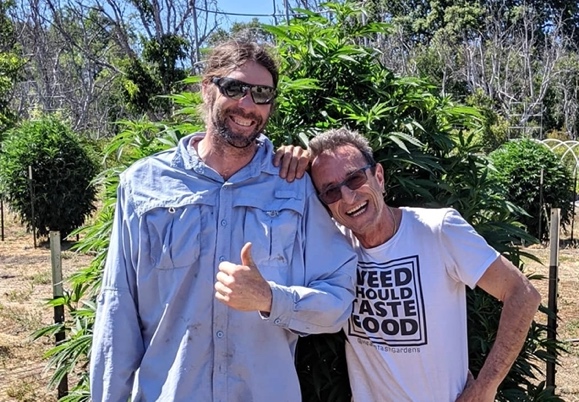 “The Cannabis Buyers’ Club provided people with a sense of community. Today’s regulated market is not about creating and building community. We are missing opportunities to bring people together.”
“The Cannabis Buyers’ Club provided people with a sense of community. Today’s regulated market is not about creating and building community. We are missing opportunities to bring people together.”
“Once I chose to become a legal cannabis operator, I accepted that this was a serious change. I’m ok with it. I owe all of it- my whole life- to Dennis.”
First Cut Farms entered Just Gas in the Kure Mendocino Invitational. Visit them on Facebook and Instagram.


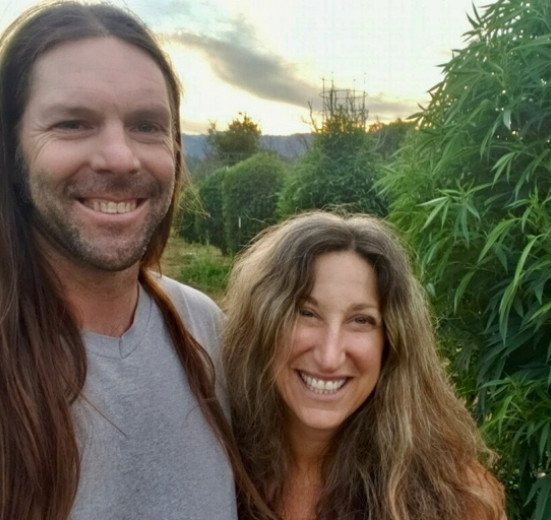

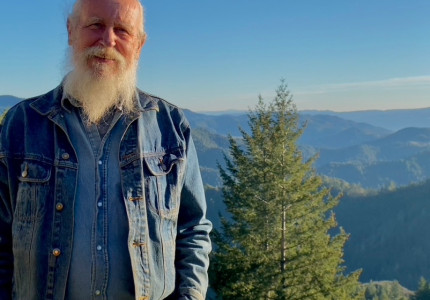
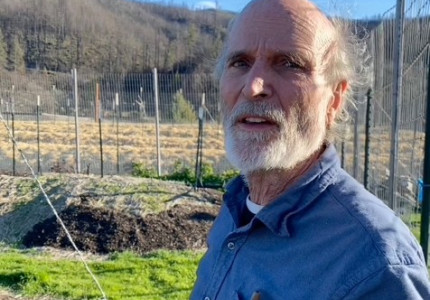
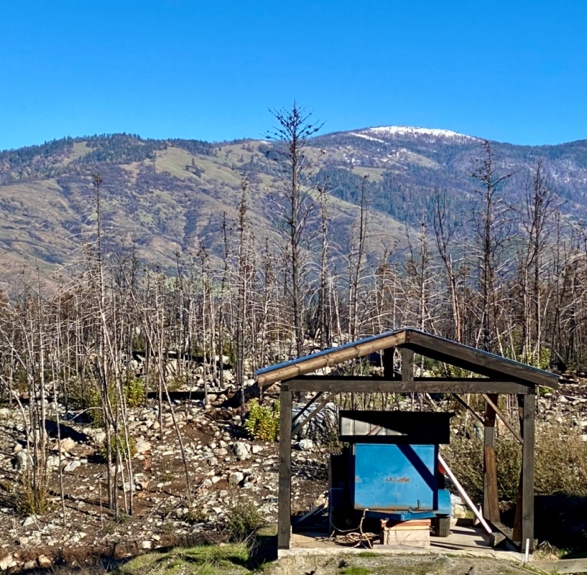 “I’ve only quit smoking three times since 1964,” he smiles.
“I’ve only quit smoking three times since 1964,” he smiles.